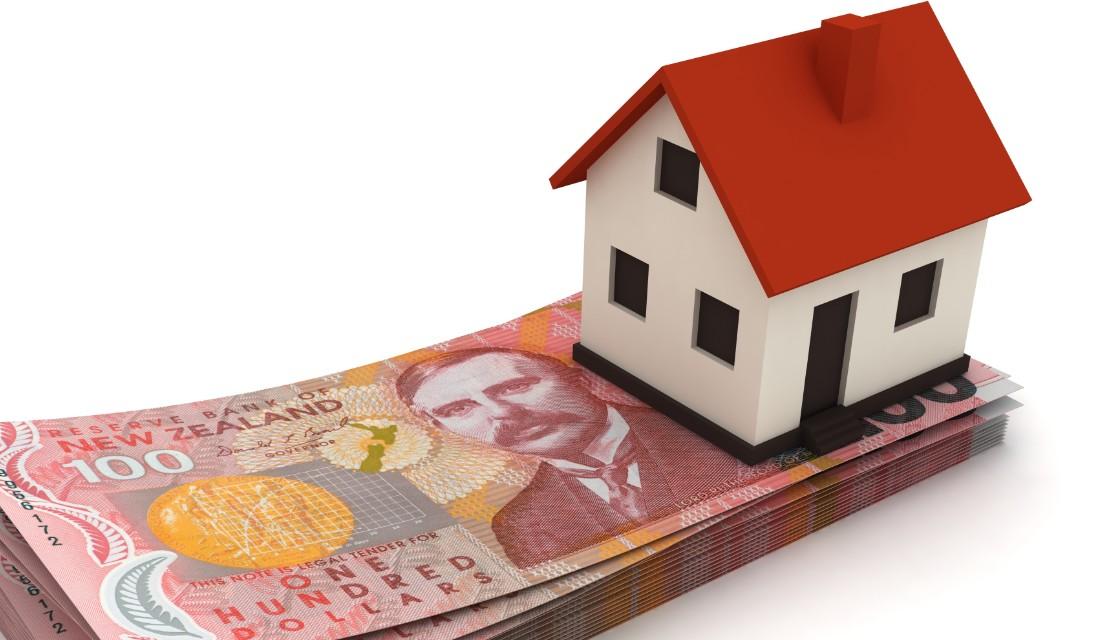
People who sell properties (excluding investment new builds and family homes) within ten years will be required to pay tax on gains they make.
Among a range of measures to curb property speculation and support first-home buyers, the Government announced on Tuesday it intends to double the bright-line test from five to ten years.
As property investors now make up the biggest share of buyers, Finance Minister Grant Robertson said along with removing the ability for investors to offset expenses against rental income to reduce tax, the bright-line test extension would help curb "rampant speculation" in the property market.
"Extending National's bright-line test and removing interest deduction loopholes for investors will dampen speculative demand and tilt the balance towards first-home buyers," Robertson said in an online statement.
To support an increase in supply, the Government intends to keep the bright-line test for new build investment properties at the current five years. To give first-home buyers a better chance, the bright-line test also won't apply to family homes.
The Real Estate Institute of New Zealand (REINZ) confirms that over the ten years from February 2011 to February 2021, the national median house price more than doubled. It grew by a whopping 124.1 percent, from $348,000 to $780,000. In Auckland, it grew 135 percent, from $468,000 to $1.1 million. Gains made on those properties that aren't family homes or investment new builds will soon be taxed if they're sold within the ten-year timeframe.
As the total tax payable on property gains is calculated using the property buy price, sale price and personal income, the tax amount will be different for each situation. Newshub asked NZ tax and financial services leader John Cuthbertson for an example.
Tax example on profit of $550,000 and personal income of $100,000
Using an example of an Auckland home purchased for the February median sale price of $1.1 million, assuming it sells for $1,650,000 (after five-to-six years, its value increases by 50 percent) and personal income is $100,000, the tax payable would be as follows:
- Personal income: $100,000 (e.g. salary, wages, rental income, other investment income)
- Profit from house sale: $550,000
- Total income: $650,000
- Tax payable (sold after April 1, 2021): $233,62
Property accountant Anthony Appleton-Tattersall confirms property buy and sell costs (e.g. real estate fees) and capital improvements (e.g. adding an ensuite) are allowable deductions against the taxable amount under bright-line rules.
He provides this example:
On a house purchased for $1.1m, if a bathroom and renovation is added costing $150,000 (cost base $1.25m), if the property sells for $1,650,000 (incurring agent fees of $50,000), the total bright-line profit is $350,000. Tax payable for a single person earning $100,000 income would be $131,700 ($126,900 for a couple each earning $100,000).
Cuthbertson confirmed under existing bright-line test rules, properties used predominantly as a family home, if sold within a five-year period, are exempt from tax.
"Under current rules, if you were waiting to move into a property or you bought a new property and moved out and it was sitting empty for a period of time, that will count when working out your predominant use of that property," Cuthbertson explained.
The 10-year bright-line rule takes into account a change in use and allocates tax payable on gains on a pro-rata basis.
"[For example], if you held a property for eight years and sold it, you lived in it for five [years] and the other three years it was rented out, the [bright-line rules] would say three-eighths of the gain would be subject to tax," Cuthbertson adds.
"If it's less than one year, it's ignored - it's treated as if you had lived in it the whole time."
The bright-line test extension was introduced into the current tax bill before Parliament on Tuesday. It's expected to be legislated before the end of the financial year on March 31.


